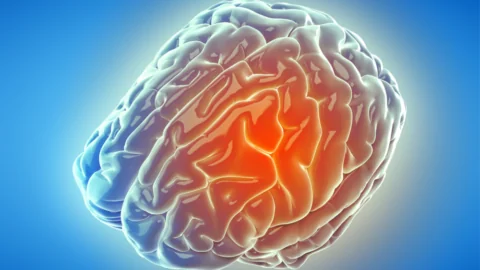November 06, 2025
A review in Aging Cell has cataloged the harmful effects of EDA2R, a protein that affects three distinct inflammation-related pathways. A necessary protein gone bad Like nearly every other protein with documented harmful effects, this one is required for certain systems to function properly. The EDA gene is needed for proper skin development [1] and...
January 25, 2024
In a new paper in Cell Reports, researchers have named a little-known lipid as a core reason why inflammation decreases with fasting and may also shed light on how non-steroidal anti-inflammatory drugs (NSAIDs) work. Why high-calorie diets increase inflammation Previous research has identified the core reason why a high-calorie diet leads to inflammation. Excessive amounts...
January 11, 2024
Researchers publishing in Aging have pinpointed a protein that increases after exercise and is associated with a reduced risk of coronary artery disease. The deadliest disease has inflammatory roots Coronary artery disease directly kills more people than anything else in the world [1]. Its causes stem from atherosclerosis, the buildup of arterial plaque. Among its...
December 21, 2023
In Aging, researchers have published their tests of a compound that counteracts the effects of tumor necrosis factor alpha (TNF-α), an inflammatory factor that promotes arthritis. Current anti-inflammatories aren't enough Rheumatoid arthritis, an autoimmune disorder that causes joint swelling, pain, and disability, is most often treated with anti-inflammatory compounds, such as non-steroidal anti-inflammatory drugs (NSAIDs),...
November 13, 2023
Japanese researchers publishing in Aging have described how improving the AMPK metabolic pathway improves outcomes in a rat model of stroke. Targeting metabolism directly This paper begins with a look back at previous research on the focus of this study, 5′-adenosine monophosphate-activated protein kinase (AMPK). This signaling molecule is described here as 'evolutionarily conserved', meaning...
August 07, 2023
Scientists publishing in Nature have explained a key pathway that leads to immune dysfunction and neurodegeneration in aging. Feeling the STING Throughout this paper, the researchers cite other papers demonstrating a cause-and-effect relationship between initial damage and long-term effects. Perturbed mitochondria release their mitochondrial DNA (mtDNA) into the internal liquid (cytosol) of microglia, the helper...






